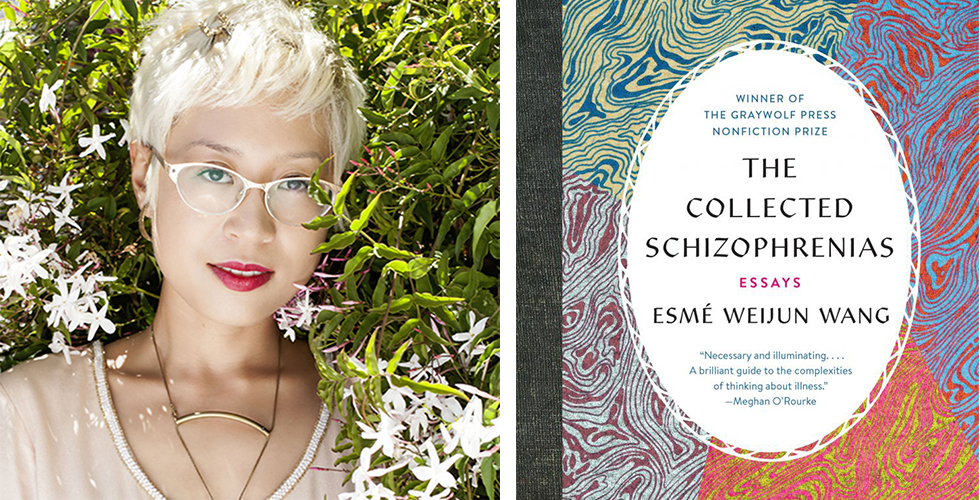

Her intimate understanding of each, as both a patient and former Stanford researcher, makes it clear that solid touchstones are often hard to come by when it comes to chronic and mental illnesses.Īs Wang illustrates over the course of the book, searching for an anchor is even more complex when wading through the sea of cultural baggage that accompanies highly stigmatized conditions like “the schizophrenias” (schizophrenia, schizotypal personality disorder, and schizoaffective disorder).

But this Graywolf Press Nonfiction Prize-winning collection of essays hangs together by Wang’s comorbid diagnoses-which include schizoaffective disorder (bipolar type), PTSD, and chronic Lyme disease. In even the most confusing of mazes, there are often touchstones to be found if you look hard enough. Those foot-shaped anchors are the only trustworthy landmarks.”

“There is the ground, which may be nowhere other than immediately below my own numbed feet. “I have been psychically lost in a pitch-dark room,” she writes. In her recent essay collection The Collected Schizophrenias, Esmé Weijun Wang describes the experience of psychosis as similar to searching for a buoy in a boundless ocean. The patients with schizophrenia landed at the bottom-excluded from group therapy, seen as lunatic and raving, and incapable of fitting into the requirements of normalcy.Esmé Weijun Wang (Photo credit: Kristin Cofer) I was in this group, and was perhaps even ranked as highly as the depressives, because I came from Yale. In the middle of the hierarchy were those with anorexia and bipolar disorder. We had already proved ourselves capable of being high-functioning, and thus contained potential if only we could be steered onto the right track. Because we were in the Yale Psychiatric Institute (now the Yale New Haven Psychiatric Hospital), many of those hospitalized were Yalies, and therefore considered bright people who’d simply wound up in bad situations.

Depressives, who constituted most of the ward’s population, sat at the top of the chain, even if they were receiving electroconvulsive therapy. “A natural hierarchy arose in the hospital, guided by both our own sense of functionality and the level of functionality perceived by the doctors, nurses, and social workers who treated us.


 0 kommentar(er)
0 kommentar(er)
